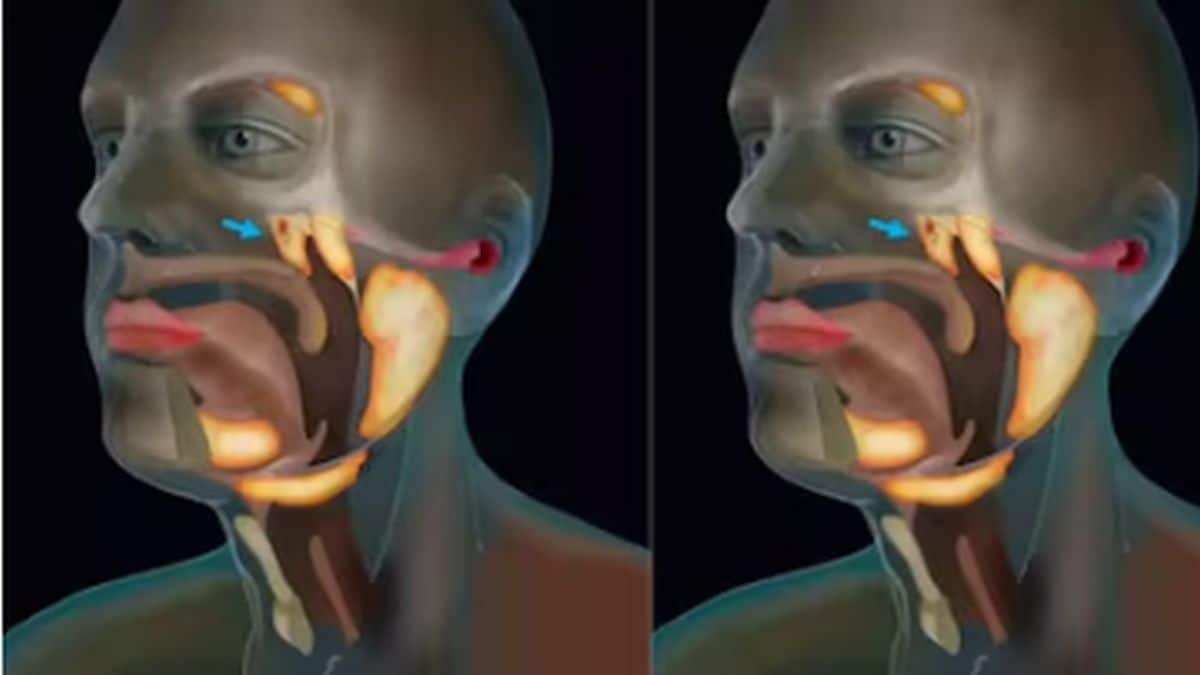The arrival of monsoon often brings relief from the summer heat but also triggers an increase in joint pain and stiffness, particularly among those with arthritis, old injuries or bone conditions.
According to the World Health Organisation (WHO), musculoskeletal disorders are among the leading causes of disability worldwide, with osteoarthritis alone affecting over 528 million people in 2021.
In India, an ICMR study estimates that nearly 22–39% of adults over 40 show signs of osteoarthritis, and doctors warn that weather changes like high humidity and reduced sunlight can worsen symptoms.
Dr Ashwani Maichand, Director, Department of Orthopaedics at CK Birla Hospital (Delhi), explained why monsoon exacerbates joint discomfort.
“During monsoon, falling barometric pressure and rising humidity can cause tissues around the joints to expand slightly. This can lead to pain, stiffness, and reduced mobility. Also, sudden temperature changes often make muscles contract, worsening existing joint issues. People who have had orthopedic surgeries or have conditions like osteoarthritis and rheumatoid arthritis are especially sensitive to these changes,” he said.
One of the overlooked challenges is Vitamin D deficiency, which worsens during cloudy weather due to reduced sunlight exposure. “Since Vitamin D is essential for calcium absorption and bone strength, a prolonged deficiency can weaken bones, slow healing and raise the risk of fractures. This is especially concerning for older adults and those recovering from orthopedic procedures,” Dr Maichand added.
To manage monsoon-related joint pain, Dr Maichand advised simple lifestyle measures such as light indoor exercises, stretching, yoga, and warm compresses to relieve stiffness. A nutrient-rich diet with Vitamin D (fortified foods, eggs, fatty fish) and calcium (dairy products, leafy greens, nuts) is vital, with supplements recommended in some cases.
Impact Shorts
More ShortsFor patients recovering from surgery, humid weather brings added risks. “Wound care is critical since moisture increases the risk of infections. It’s important to keep surgical sites dry, follow proper dressing protocols, and attend follow-up appointments. Physiotherapy is crucial. Regular movement helps regain strength and mobility. Using assistive devices like braces or walkers, as advised, can prevent unnecessary strain on healing bones,” Dr Maichand said.
He stressed that with timely care, the season need not worsen bone health. “By staying active indoors, maintaining proper nutrition, and following orthopedic care instructions, individuals can reduce pain, support recovery, and protect their long-term bone health. Seeking medical advice is essential for anyone experiencing ongoing or severe discomfort,” he added.


)

)
)
)
)
)
)
)
)



